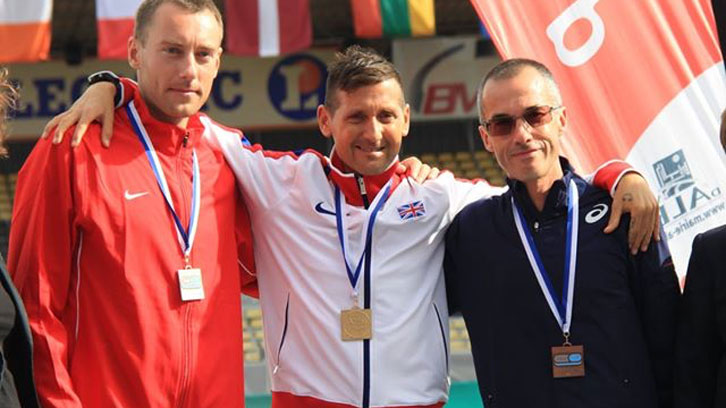West Ham United has today published its annual Gender Pay Report which shows that the mean gender pay gap, when men’s first-team players, management and coaches are removed, is 3.23%, and for the ninth year in a row, this is lower than the national mean pay gap, which is currently 6.9%.
When the men’s first-team playing staff are included in the calculation, the Club’s mean pay gap is 80.97%, a 9% reduction on last year’s figure.
Women make up over 30% of the whole workforce, and within the women’s workforce, over 45% is represented in the top two quartiles, across all departments in the club. The Club remains resolute in our ambition to have a 50:50 gender split in our workforce by 2030 and continues to be an accredited London Living Wage employer.
With the full backing of our Board, we are implementing a robust business strategy to continue to effectively tackle our gender pay gap and prioritise the following critical areas:
- Branding and communication
- Recruitment and progression policies that promote pay transparency, equal opportunities, and career advancement
- Maternity, paternity, shared parental leave and flexible working policies
- Wellbeing and retention
- Equitable measures and growth of targeted support networks
- Data and impact analysis and staff feedback
- Accountability & Measuring Progress
Vice-Chair of West Ham United, Baroness Karren Brady said: “At West Ham United, we are committed to building a truly inclusive workplace where talent and dedication - not gender - define success. I am proud that, for the ninth year running, our gender pay gap - excluding men’s first-team players - remains below the national average. This reflects the meaningful progress we are making, but we know there is still more to do.
“Through continued investment in our people and our facilities, we are creating more opportunities for women and girls to thrive in football - whether on the pitch, in coaching, or across the many career pathways within the sport. With the full backing of our Board, we remain resolute in our ambition to achieve a 50:50 gender split by 2030 and will keep driving forward with policies that promote equality, transparency, and progression for all.”




